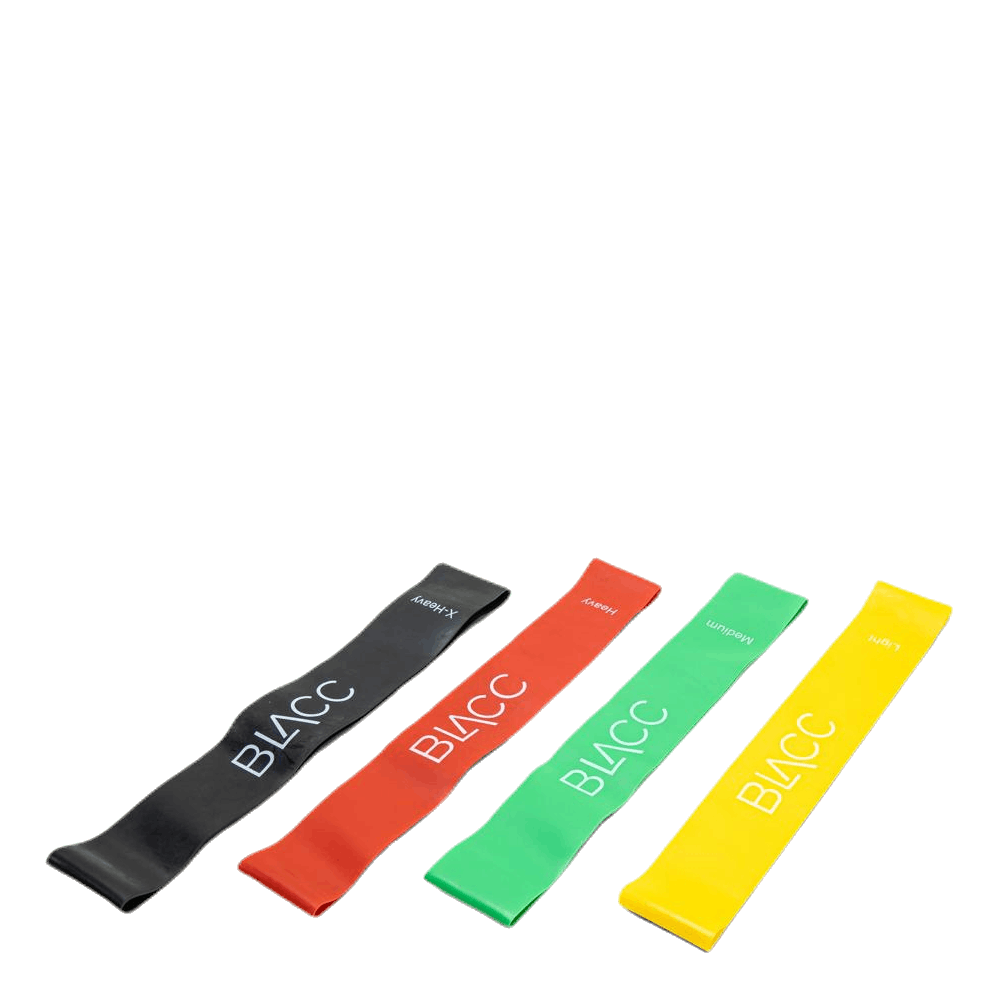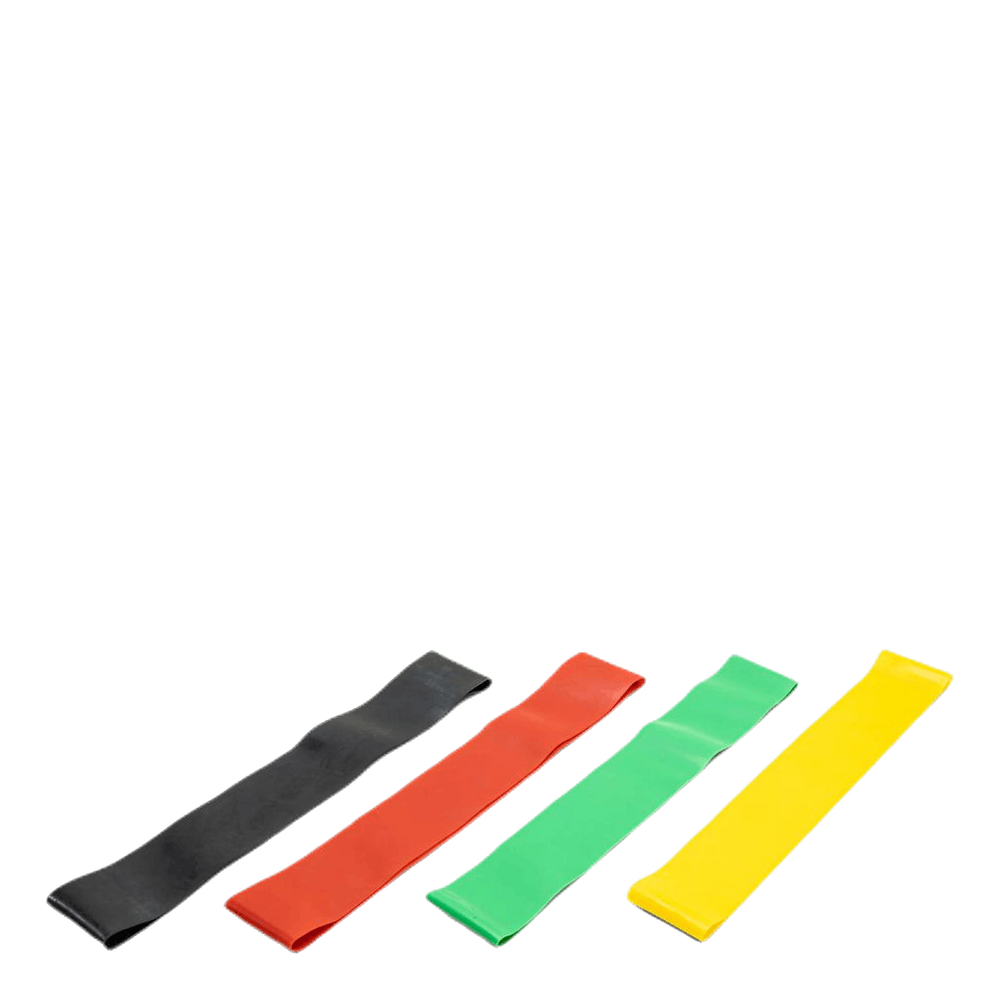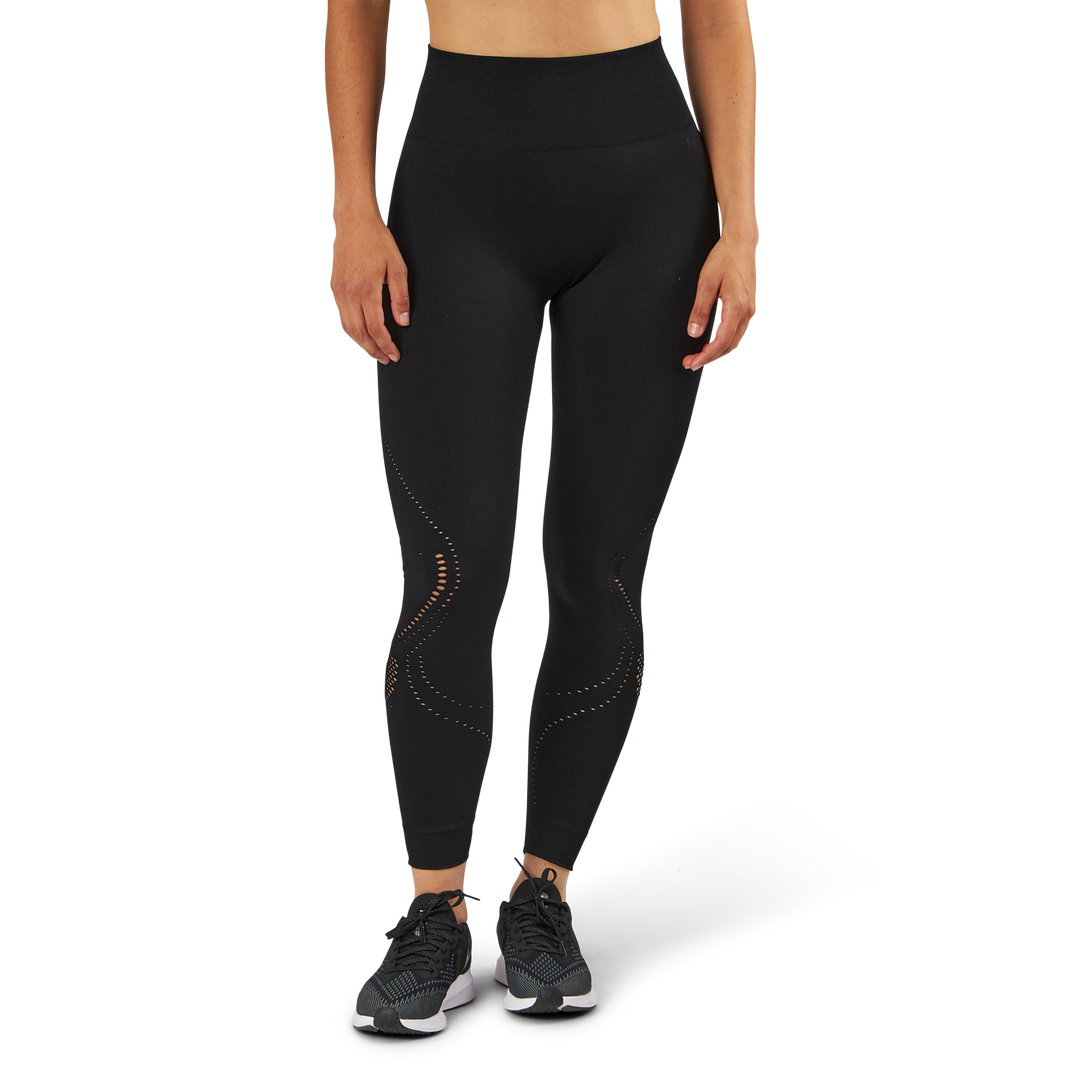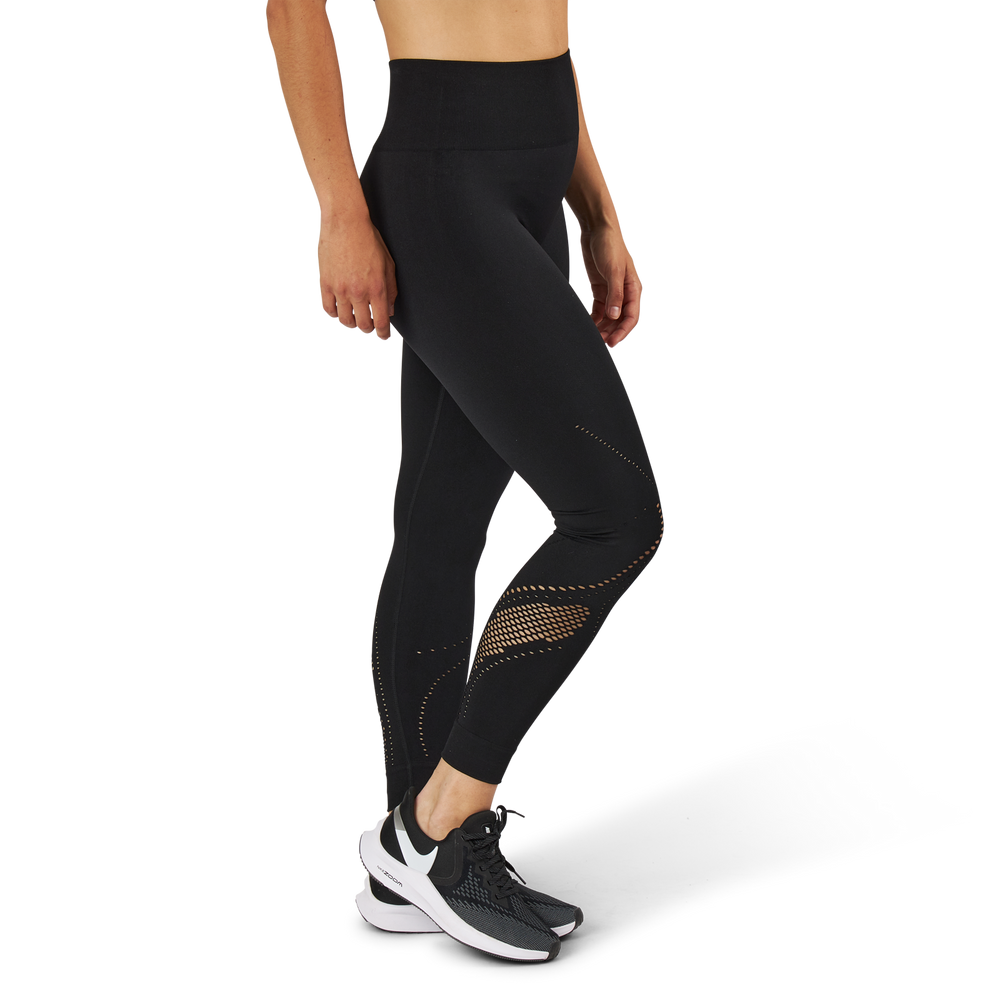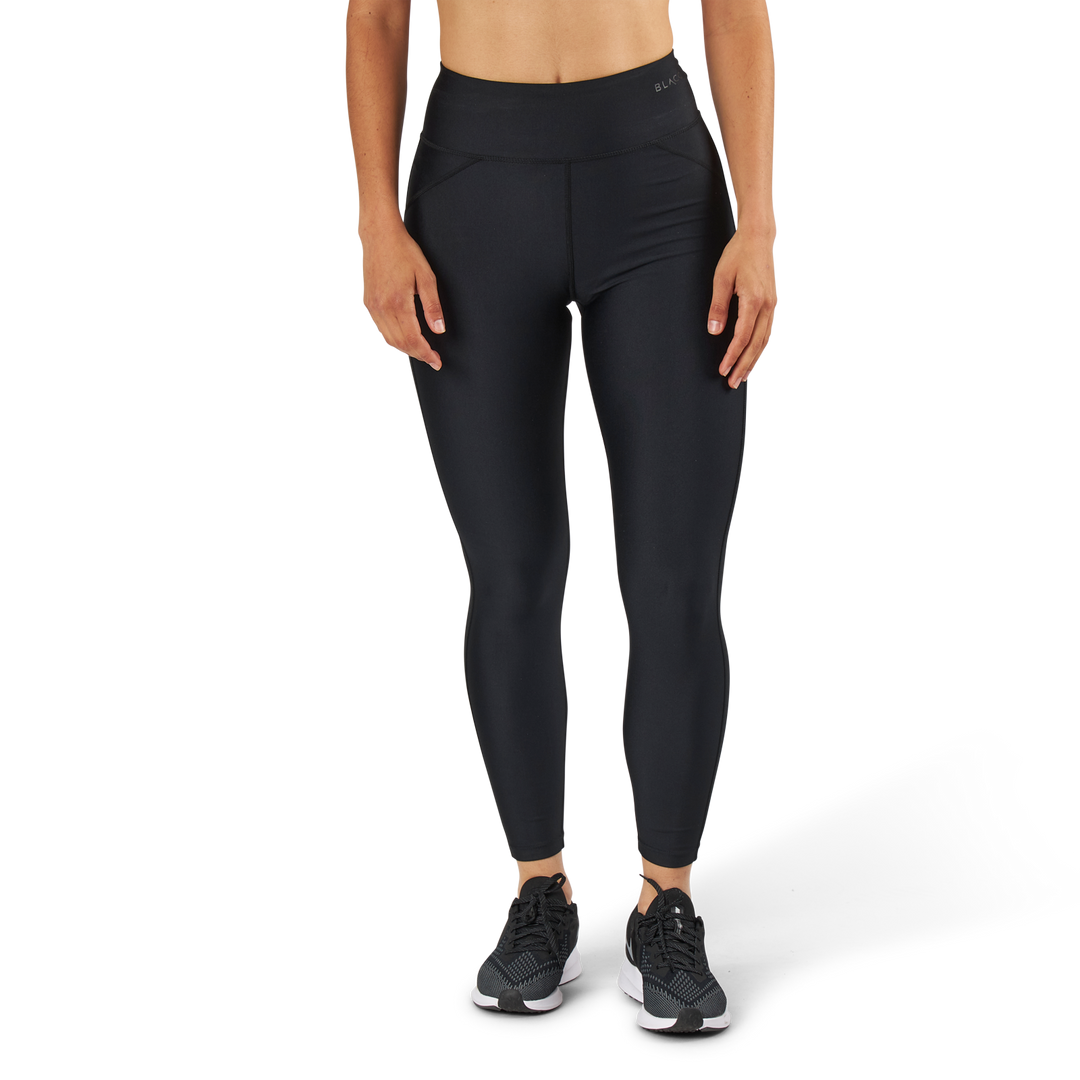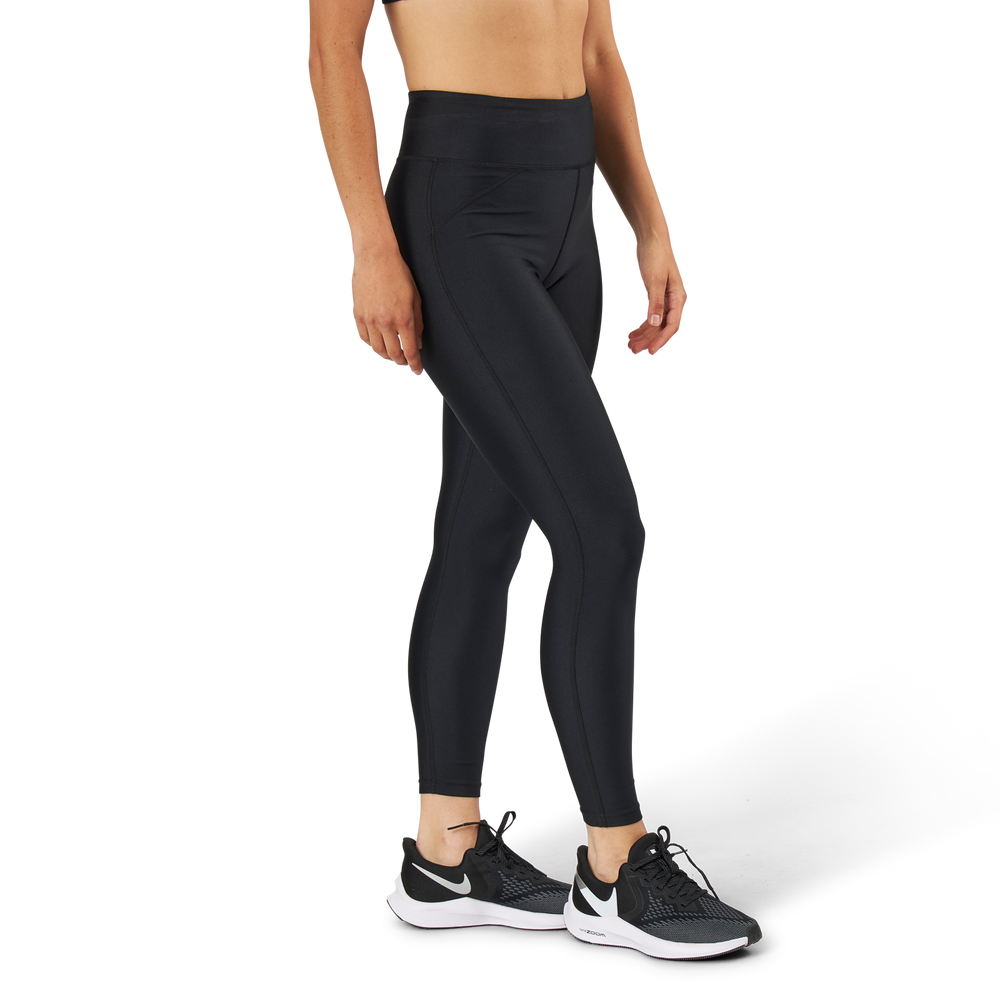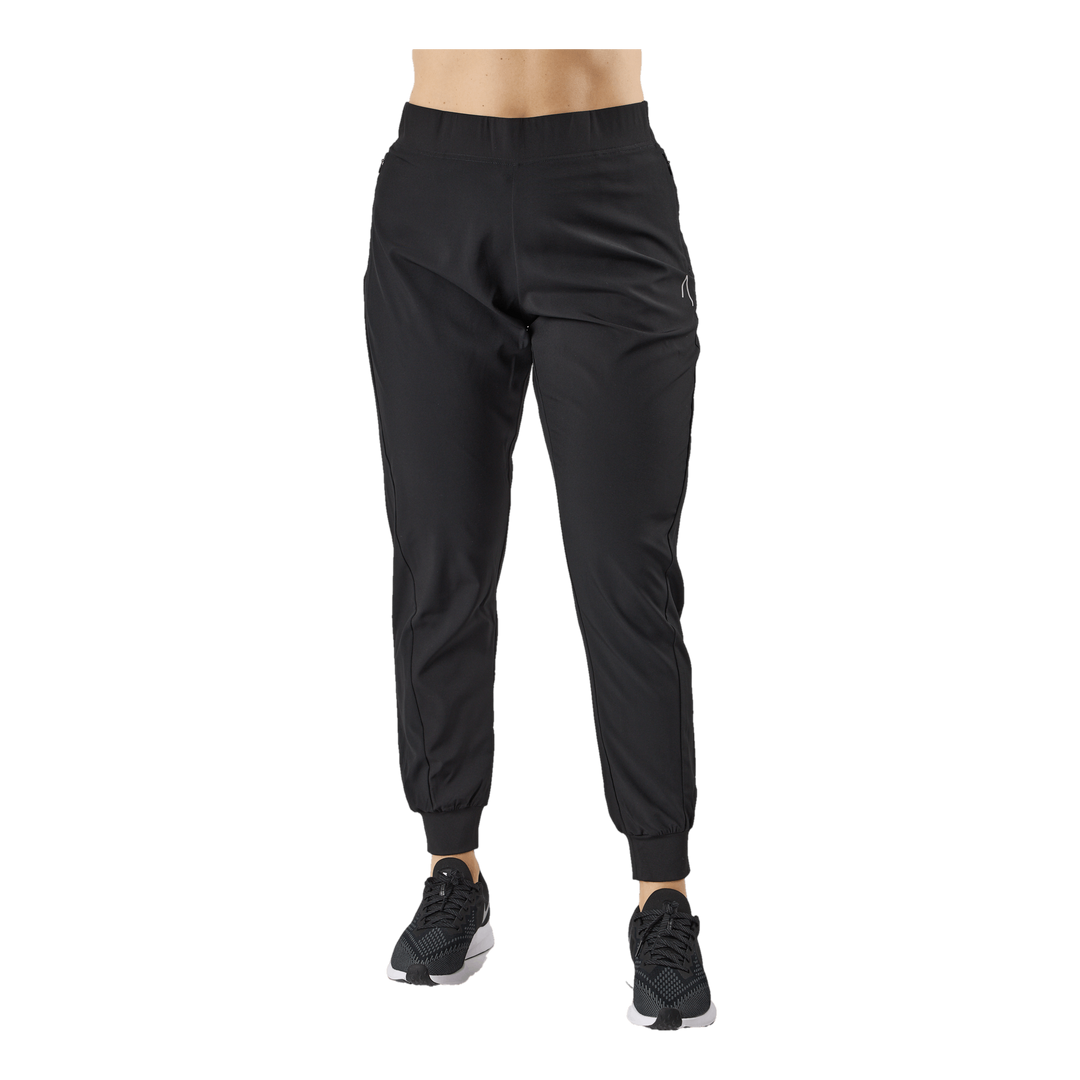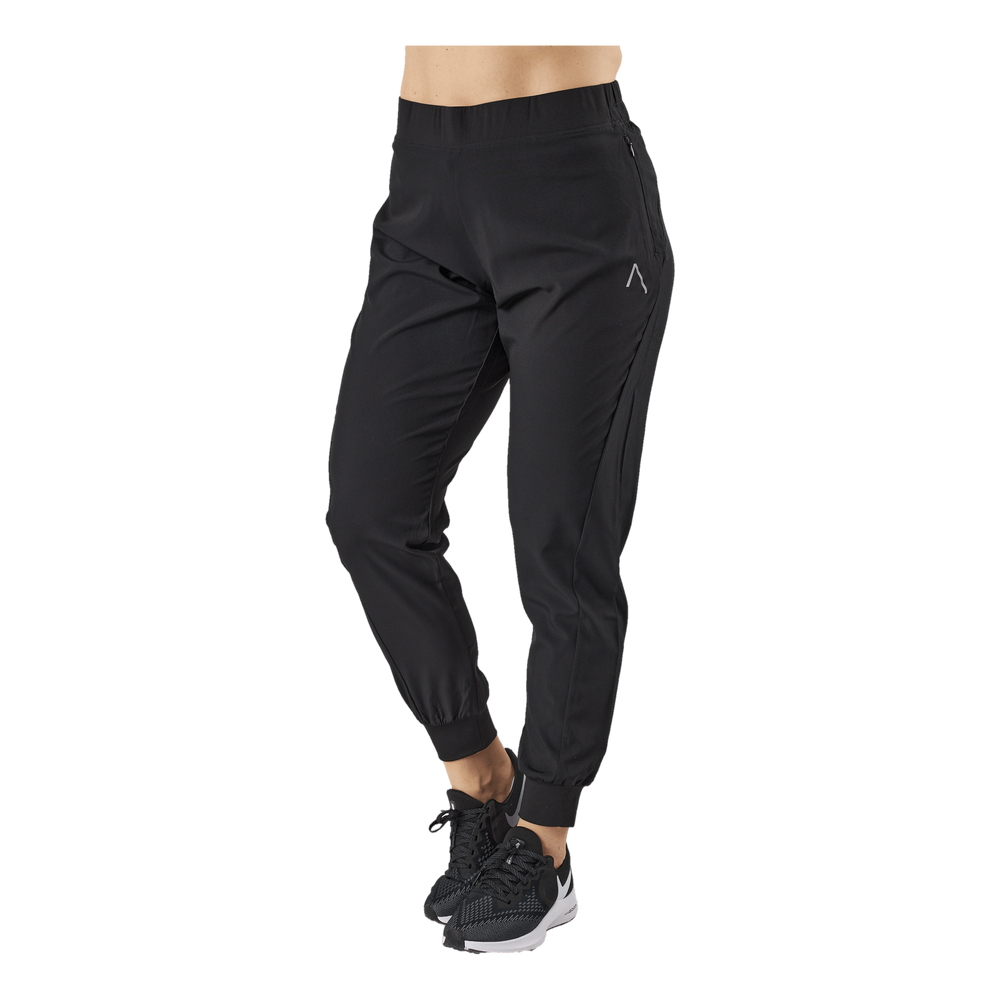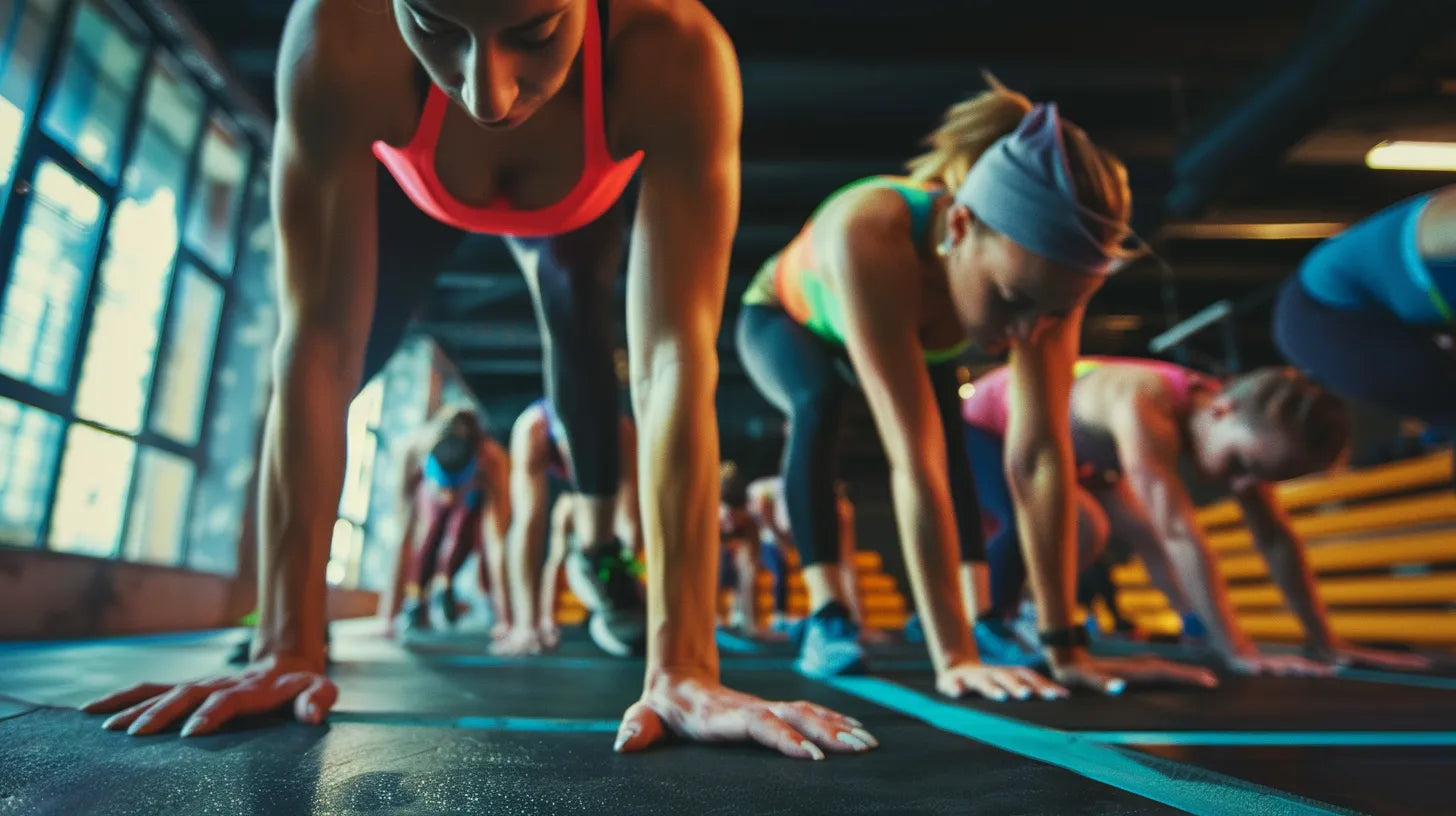
Home Workout Without Equipment: Get the Most Out of Your Training with Bodyweight Exercises
The Benefits of Training at Home Without Equipment
Training at home without equipment has many advantages. First and foremost, it's both time and cost-effective. You save the time and hassle of commuting to and from the gym, and you don't have to pay expensive membership fees. Additionally, you can work out whenever it suits you, without having to adhere to opening hours or fully booked classes.
Another benefit is that you can train at your own pace and level. You don't have to feel the pressure of keeping up with a fast pace or compare yourself to others. Instead, you can focus on your own progress and set personal goals.
Training with bodyweight exercises is also an excellent way to improve your body control, balance, and mobility. By using your own body as resistance, you're forced to engage multiple muscle groups simultaneously and work on stability and coordination.
Fundamental Bodyweight Exercises for the Whole Body
There are numerous effective bodyweight exercises that target different parts of the body. Here are some basic exercises you can start with:
- Squats - Work the legs, glutes, and core
- Push-ups - Work the chest, arms, and shoulders
- Lunges - Work the legs and glutes
- Planks - Work the core, back, and shoulders
- Burpees - Work the whole body and provide cardiovascular conditioning
By combining these exercises, you can get a complete full-body workout that challenges strength, endurance, and stamina. Start with a few sets of each exercise and gradually increase the number of repetitions and sets as you get stronger.
Progressions and Variations for Increased Challenge
When the basic exercises start to feel too easy, it's time to add progressions and variations to increase the difficulty level. Here are some examples:
- Pistol Squats - An advanced version of the squat performed on one leg
- Handstand Push-ups - Challenge balance, strength, and control
- Bulgarian Split Squats - Intensify the lunge by placing the rear foot on an elevated surface
- Side Planks - Work the obliques and core stability
- Spiderman Burpees - Add a lunge movement to the burpee for extra challenge
By incorporating these variations, you can continue to progress and challenge yourself, even when the basic exercises feel comfortable. Remember to increase the difficulty gradually and listen to your body to avoid injuries.
Creating an Effective Home Workout Program
To get the most out of your home workouts, it's important to have a well-thought-out plan and structure. Here are some tips for creating an effective workout program:
- Set Clear Goals - What do you want to achieve with your training? More strength, better endurance, or increased mobility? Set specific and measurable goals to motivate you.
- Train Regularly - Consistency is key to success. Aim to work out at least 3 times a week to see results. Schedule your workouts and treat them as important appointments with yourself.
- Vary Your Training - To avoid plateaus and continue progressing, it's important to vary your training. Switch up exercises, change the number of repetitions and sets, or try new workout routines from time to time.
- Rest and Recovery - Training breaks down muscles, while rest builds them up. Make sure to get enough sleep and allow at least one rest day between workouts for optimal recovery.
- Listen to Your Body - Training should be challenging but not painful. Learn the difference between muscle soreness and injury pain. Don't hesitate to rest or modify your workout if something doesn't feel right.
By following these guidelines, you can create a workout program that is both effective and sustainable in the long run. Remember, training is a lifelong journey, and the most important thing is to find a routine that works for you and your lifestyle.
Training Equipment to Enhance Your Home Workouts
While you can get a great workout without equipment, there are some simple tools that can enhance your home training and provide more exercise options. Here are some examples of useful training equipment:
- Resistance Bands - Provide resistance in various movements and are easy to carry
- Dumbbells - Allow isolation of specific muscle groups
- Exercise Ball - Challenge balance and stability in many exercises
- Jump Rope - An effective tool for cardiovascular training
- Yoga Mat - Provides better grip and comfort for floor exercises
These tools can be a worthwhile investment to add variety and progression to your home workouts. Start with a few simple pieces of equipment and gradually build your collection to keep your training fun and challenging.
Finding Motivation to Train at Home
One of the biggest challenges of home workouts can be finding and maintaining motivation over time. Here are some tips to keep the fire burning:
- Train with a Friend - Encourage each other and hold each other accountable, even if you're training remotely
- Set Milestones - Celebrate progress along the way, not just the end goal
- Vary Your Training - Try new exercises, equipment, or workout routines to keep things interesting
- Create an Inspiring Training Environment - Set up a cozy workout space at home with good lighting and music you enjoy
- Reward Yourself - Treat yourself to something special when you reach a goal or have been particularly diligent with your training for a period of time
Remember, motivation comes and goes for everyone. The important thing is to have strategies in place to handle motivation slumps and keep moving forward. With the right mindset and planning, home workouts can become a natural and rewarding part of your daily routine.
Summary
Training at home without equipment is a convenient and effective way to get in shape and achieve your fitness goals. By utilizing bodyweight exercises, you can get a complete full-body workout that challenges strength, endurance, and mobility. The key to success lies in setting clear goals, training regularly, and varying your workouts to keep motivation high.
With a little creativity and discipline, you can turn your home into a fully-fledged gym and discover the benefits of training on your own terms. So roll up your sleeves, find your inner drive, and embark on your personal fitness journey – all from the comfort of your own home. Who knows, home workouts without equipment might just become your new favorite way to train?




